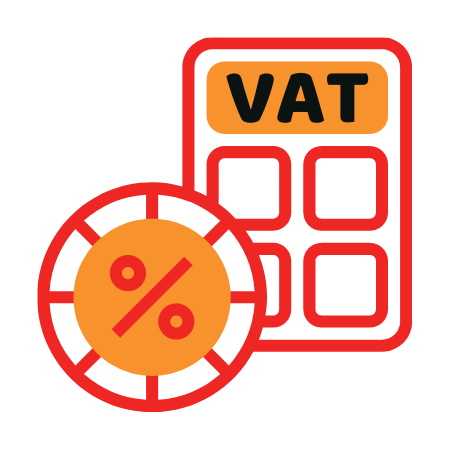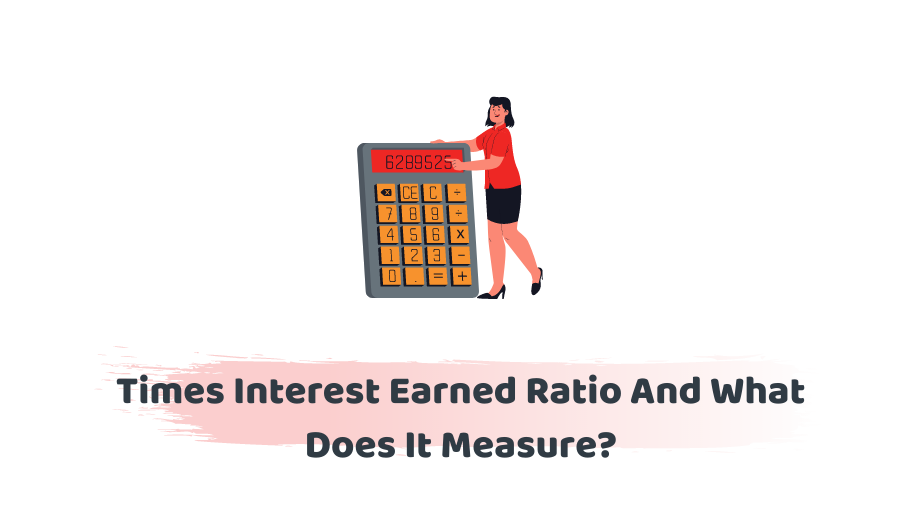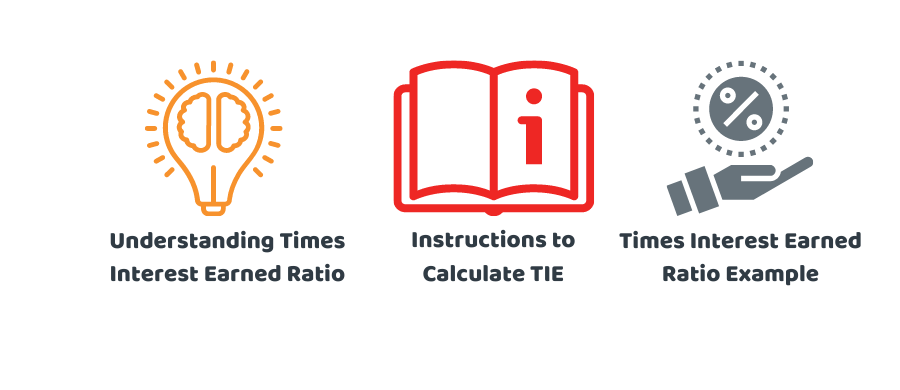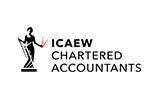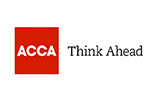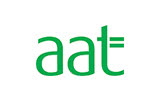There are various measurements to survey an organization’s monetary wellbeing. The occasions revenue procured proportion is one model. Here’s the beginning and end you need to know, including how to figure times interest earned ratio. This includes the following:
- Understanding Times Interest Earned Ratio
- Instructions to Calculate TIE
- Times Interest Earned Ratio Example
Understanding Times Interest Earned Ratio:
Times interest earned ratio (TIE), otherwise called the interest coverage ratio, gauges how effectively an organization can pay its obligations with its present pay. To compute this proportion, you partition pay by the all-out interest payable on bonds or different types of obligation.
In the wake of playing out this estimation, you’ll see a number that positions the organization’s capacity to cover revenue charges with pre-charge profit. By and large, the higher the TIE, the more money the organization will have left finished.
Get an instant quote based on your requirements online in under 2 minutes, Sign up online, or request a callback.
Times Interest Earned Ratio Clarification:
To all the more likely comprehend the TIE, it’s useful to take a gander at multiple times interest earned ratio clarification of what this figure truly implies. You could view the TIE as a dissolvability proportion since it estimates how effectively a business can satisfy its monetary commitments.
Interest installments are utilized as the measurement since they are fixed, long-haul costs. On the off chance that business battles to pay fixed costs like revenue, it risks failing. Along these lines, the proportion gives an early sign that a business may have to take care of existing obligations prior to taking on additional.
A higher optional pay implies the business is in a superior situation for development, as it can put resources into new hardware or pay for extensions. Obviously, the organization’s doing great when it has the cash to return to the business.
Thinking of Joining us? Get to know more about us!
Instructions to Calculate Times Interest Earned Ratio:
To utilize the times interest earned ratio equation, you’ll initially have to ascertain the organization’s income before interest and charges, or EBIT. You can discover this data on the pay explanation. Whenever you’ve found the EBIT, the occasions revenue acquired proportion equation is:
TIE Ratio: EBIT/Interest Expense:
EBIT addresses all benefits that the business has taken in for the bookkeeping time frame being referred to, without figuring in any expense installments, interest, or different components.
Interest cost addresses any obligation installments that the organization’s needed to make to lenders during this equivalent period. Like EBIT, this data will likewise be found on the pay articulation.
TIE Example:
For an illustration of what this looks like practically speaking, envision that Company An is on the lookout for another credit to purchase hardware. Prior to giving the advance, the bank investigates the organization’s pay explanation.
It shows that Company A took in £400,000 in pay before interest expenses and assessments. During this equivalent duty year, Company A paid £20,000 in interest costs or obligations. The computation would resemble this:
TIE Ratio for Company A = £400,000/£20,000
The TIE would subsequently be 20, implying that Company A’s pay is multiple times more noteworthy than the yearly interest cost. This shows that there is little danger in giving the advance.
What is a Good Times Interest Earned Ratio?
The model over, 20, is a high times interest earned ratio. There’s no ideal response to what is good TIE in light of the fact that the appropriate response will rely upon the kind of business and industry. Contemplate what the proportion implies for a business, showing the occasions over it can pay its advantage.
Simultaneously, if the occasions revenue acquired proportion is excessively high, it could demonstrate to financial backers that the organization is excessively hazard opposed. In spite of the fact that it’s not piling up unpaid liability, it’s not utilizing its pay to re-put once more in to business advancement.
The present circumstance could warrant an alert also. All in all, the organization’s not overextending itself, however, it probably won’t be satisfying its development potential. Like any measurement, the TIE proportion ought to be taken a gander at close by other monetary pointers and edges.
Conclusion:
The TIE explicitly gauges how frequently an organization could cover its advantage costs during a given period. While it’s superfluous for an organization to have the option to pay its obligations more than once when the proportion is higher it shows that there’s more pay left finished.
Can’t find what you are looking for? why not speak to one of our experts and see how we can help you are looking for.
Disclaimer: This post is intended to provide general information on TIE.




































